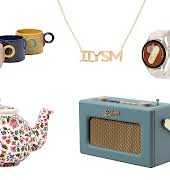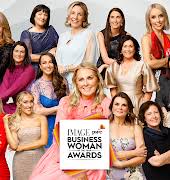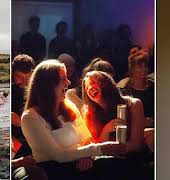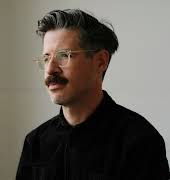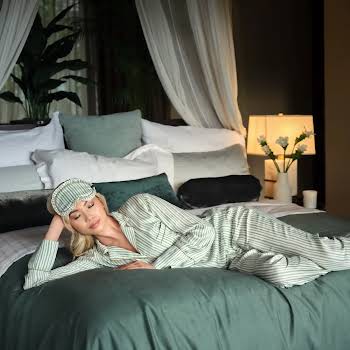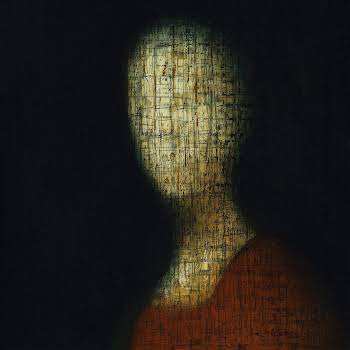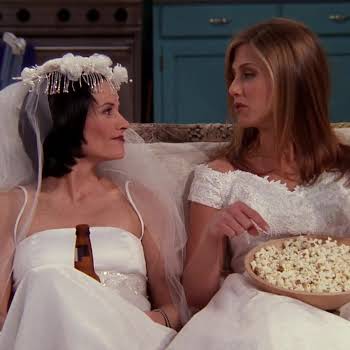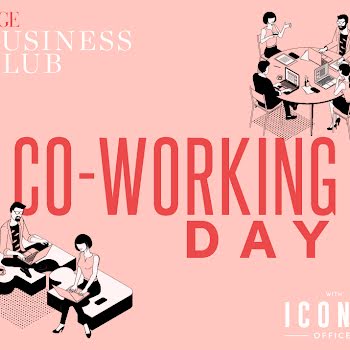
By IMAGE
20th Feb 2019
20th Feb 2019
Taking on an activity for the sake of it isn’t just meant to be fun-it’s apparently good for your health and wellbeing. Lacking her own hobby, Sophie White grabs a pair of knitting needles and gets clacking.
New York City creative, Adam J Kurtz had viral success last year when a meme he created caught fire and spread across social media platforms and WhatsApp groups.
His graphic was a play on the old maxim “Do what you love and you’ll never work a day in your life”: “Do what you love and you’ll never work a day in your life work super f*cking hard all the time with no separation or any boundaries and also take everything extremely personally.”
He’d achieved some contemporary alchemy in the combination of relatable and shareable, and the Millennial audience felt seen. “It’s me!” We exclaimed.
Work-life balance
The concept of the work-life balance began to be pertinent when collectively we shifted from working to live to living to work. I blame the 1980s – it seems as good a place as any to start. The decade that lauded greed and power and money was, of course, the first time the phrase was used as some voices of dissent questioned the hungry workforce sacrificing its rest in pursuit of career advancement. In the 30 years since, being busy has practically become a status symbol and being burnt out is verging on an inevitability.
I read a statistic that informed me that I spend 33 per cent of my waking hours working, which probably sounds either huge or inaccurate depending on how enslaved by the busy cult you happen to be currently. The irony, of course, is that much research into productivity tells us that we are not even capable on a neurological level to sustain focus for eight hours straight.
That suggests the original average working day is untenable, never mind the 24-hour work cycle we’ve lately stumbled into, thanks to tech advances and being yoked to our devices. Dr David Rock, author of Your Brain at Work, reckons our focus is as little as six hours a week. Of course, the six-hour workweek isn’t about to become a thing, but it does call into question just how well we’re going about this living malarkey.
Hobbies
My psychiatrist recently asked me if I had any hobbies, and I was stumped. It had literally never occurred to me to get one. Many would argue that hobbies never really went away, but Millennials such as myself generally have side-hustles rather than hobbies.
As author Emma Gannon described in her 2018 book, The Multi- Hyphen Method: “ The multi-hyphenate lifestyle is about having a mishmash of projects going on with different income streams attached that make up a salary, instead of it coming from one source… It makes that ‘What do you do?’ question harder to answer, but your identity becomes less about what your singular job title is. It becomes more about who you are, what you’re interested in, what pays the bills, and what your hobbies are. All these things make up your different ‘hyphens’. You are a career chameleon.”
This seems all fine on the surface of it, but when your hobbies become infected by the same attitudes and concerns that drive your career, it starts to be very much not a hobby and instead becomes another source of work stress. Oy vey.
When, on closer examination, I discovered that anything I had that verged on a “hobby” was actually an extension of my work, the psychiatrist patiently explained the purpose of a hobby.
Flow state
Not all leisure time is created equal. Our appetite for binging Netflix and falling down “scroll holes” on our phones comes under the umbrella of passive leisure. While we all need this very pleasant vegetative state after a busy day, it may not be serving us neurologically as well as the other breed of leisure – active leisure, such as puzzles, drawing and crafts, which help us achieve that oft-referenced “flow state”.
Mihaly Csikszentmihalyi, who popularised the term in his 1990 book, Flow: The Psychology of Optimal Experience, described it as an “optimal state of consciousness where we feel our best and perform our best”. The mental state is achieved by being completely involved in an activity for its own sake. According to Csikszentmihalyi, “ The ego falls away. Time flies. Every action, movement and thought follows inevitably from the previous one, like playing jazz. Your whole being is involved.”
The health benefits are real and tangible. According to research by Harvard professor Teresa Amabile, individuals experiencing the ow state report higher levels of all the things we want: productivity, creativity, and happiness. Seemingly, the effects even last for up to three days after.
Knitting
The idea of doing something for the sake of doing it was alien to me. It’s just not how I was raised. When I told my mother I was taking up knitting, she was baffled; until I said I was writing this piece, and then she seemed relieved. “Thank god there’s a reason” being the apparent implication.
I went to my first knitting class in Dublin’s Francis Street on a rainy Thursday morning. A small group of hobbyists were assembled above The Constant Knitter. We chatted and knitted and had tea and biscuits. I was amazed that there were people out there taking the time, doing something for the love of it. Where would I usually be?
Somewhere fretting about work; not being productive, mind, just fretting. When I put my needles away and joined the soggy lunchtime traffic, I marvelled at how refreshed I felt. I could’ve been coming from a massage.
The tactile experience got me thinking about the current epidemic of loneliness we’re experiencing as a race. The state of loneliness has been compared to smoking in terms of detriment to our physical and mental health. In the 2001 book, Bowling Alone, author and professor Robert D Putnam charted the fall in civic engagement and how increasingly disconnected from one another we are.
He argued that many of our social structures-be they the PTA, religious organisations, or the bowling league (he’s American)- have disintegrated. He identifies the harm this disconnect has visited on our physical and societal health, while also underscoring the profound in influence these social outlets have on our wellbeing and happiness.
Importance of hobbies
Late last year, choral director Róisín Savage hit upon an idea that was to take off far beyond her modest expectations. A no-commitment choir, for two hours she would teach the casual singers a simple arrangement for a popular song – think Britney Spears and Rod Stewart – and perform it in full at the end.
She booked a venue and sold tickets. In a short few months, Casual Choir has become the hottest ticket in Dublin. They’re like gold dust.
On average, the event sells out its 150 tickets in about 20 minutes, and Savage is considering a larger venue. The appetite is clearly there for group fun that is still available to those that may not have room for a serious choir.
Predictably, the Casual Choir is something that I have begun to take very, very seriously indeed, pestering Savage to run three-day singing retreats and generally stalking her and unnerving her with my enthusiasm. Now, however, I see that it’s not my fault. I’m evidently addicted to the calming buzz of the flow state. Plus, I’m new to hobbies – I’m still learning how to be less deranged and intense about them, but at least I’ve finally realised their importance.
This article was originally published in the March issue of IMAGE magazine which is one sale now.



